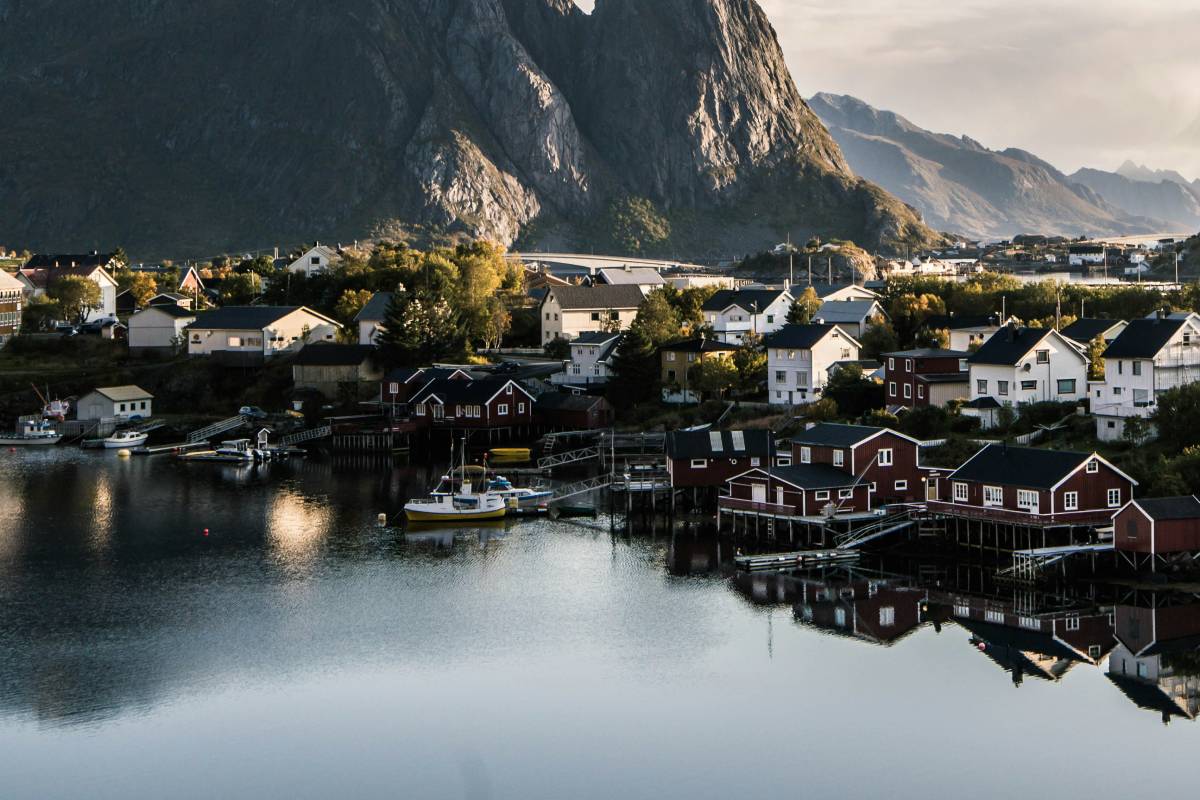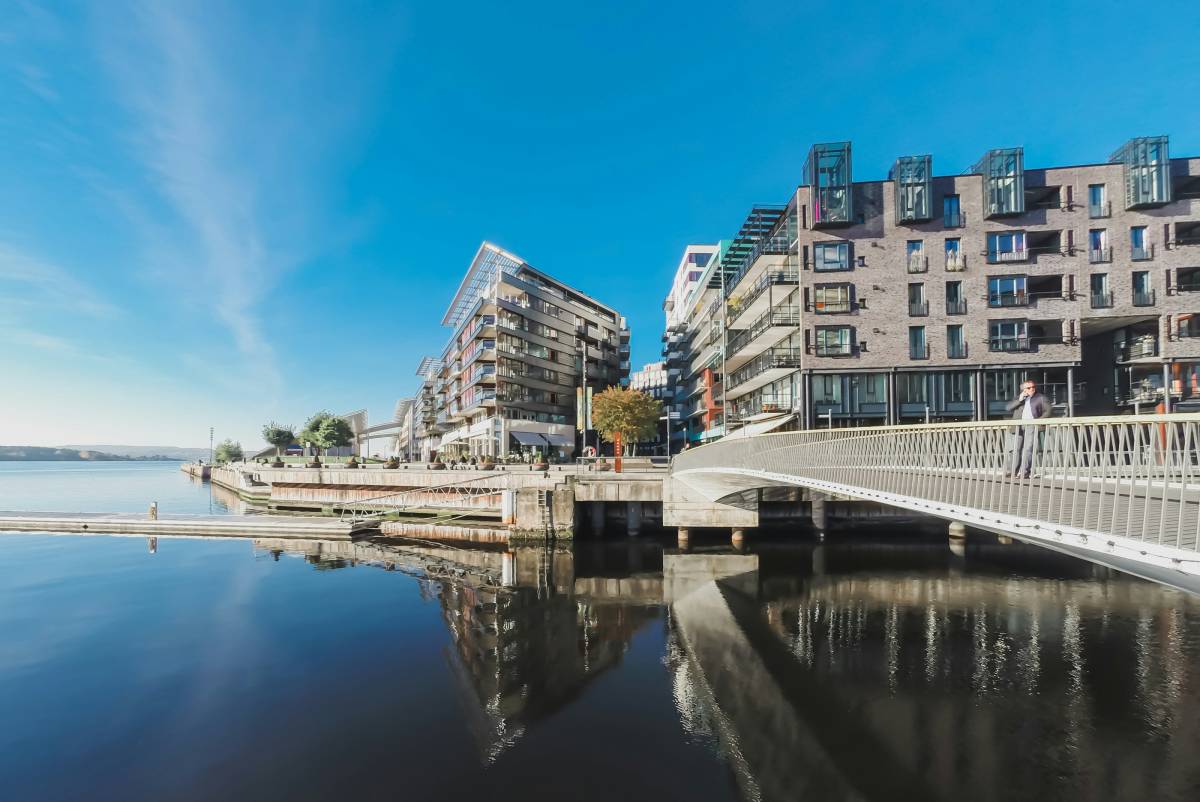National Music Day, June 1st
The Norwegian capital of Oslo will host its free annual music festival at the start of June. More than 50 outdoor stages will be spread across the city, and hundreds of performers will treat Oslo’s residents to all kinds of musical performances.
Free music will be available everywhere, from pub patios to large stages in parks. The festival’s website provides more information on where the various stages are and who will be performing.
NEON, June 7th – June 8th
The NEON music festival in Trondheim has quickly become one of the hottest summer kick-off festivals in Norway since launching in 2022.
The 2024 edition of NEON will take place on June 7th and 8th in Trondheim’s Bryggeribyen E.C. Dahls Arena.
2024 festival goers will be able to see Tom Odell, Matoma, Lost Frequencies, Jason Derulo, Benson Boone, Emma Steinbakken, Roc Boyz and many more.
Tickets are already available, and you can choose between a festival pass, daily tickets, or premium ticket options.
Miniøya, June 8th – June 9th
Since its first edition in 2010, Miniøya has become Norway’s largest music and cultural festival for children.
The festival is aimed at children up to the age of 12, and its program includes music, theatre, literature, disco, dance, and activities.
Tickets are still available at the time of writing, and OBOS members receive 100 kroner off the 430 kroner ticket price.
Oslo Food Festival, June 8th – June 9th
The second weekend in June and the final weekend of August will see the Oslo Food Festival held in trendy Grünerløkka.
The festival focuses on foods from around the world. A mix of established and lesser-known restaurants, as well as plenty of home cooks, will be offering up fantastic food.
For that reason, the event is much a cultural exchange as it is a gathering for foodies.
Bergenfest, June 12th – June 15th
It’s not just the capital that will be treated to music festivals in June. Artists such as PJ Harvey, Stormzy, Kaiser’s Orchestra, Jungle and Gabrielle will all take to the stage.
The festival is being held in Bergenhus Fortress, one of Norway’s oldest and best preserved fortress areas.
Day passes, weekend passes, and festival passes are all still available at the time of writing.
Mablis, June 14th – June 15th
The music festival, near the centre of Stavanger, aims to blend established acts with new and emerging talent.
Mablis aims to be an inclusive and sustainable festival, and plenty of local, short-travelled food will be served.
The festival wants to include the whole family, so there is no age limit. Children under 14 also get to enter the festival free of charge when with an adult.
OverOslo, June 19th – June 22nd
Four nights of festival music from acts such as Jungle, Chaka Kahn, Billy Ocean, and plenty of Norway’s biggest funk and pop artists await festivalgoers at the top of Grefsenkollen.
Tickets for some days are still available at the festival held in the forests above Oslo.
Sankthans, June 24th
Sankthans or Jonsok, translated as “John’s wake”, is a Midsummer celebration with both religious and secular roots.
Along with the rest of Scandinavia, it is popular to celebrate with bonfires. In major cities and small towns, the bonfires are typically made along the coastline or in a body of water, and the locals watch from boats or from along the shoreline and bring drinks and snacks. The atmosphere is festive yet relaxed.
Many Norwegians say that if you sleep with a sankthansblomst or a “red campion flower” underneath your pillow on the night of sankthans, then your future spouse will appear in your dreams.
Pride events
Norway’s two biggest cities will celebrate Pride in June. Bergen Pride begins at the start of June, and events will continue until the city’s Pride parade on June 8th.
A number of different events will be held across different venues to mark this year’s celebrations.
Meanwhile, Norway’s biggest LGBTQ+ celebration, Oslo Pride, will begin on June 19th and end on June 29th. The parade will be held on June 29th.
Gladmat, June 26th – June 29th
Billing itself as the world’s coolest food festival is Gladmat in Stavanger. The event is Scandinavia’s biggest food festival, and 250,000 visitors will have the opportunity to sample the best flavours from the Stavanger region.
The festival brings together local food producers, great restaurants and delicious street food.





 Please whitelist us to continue reading.
Please whitelist us to continue reading.
Member comments